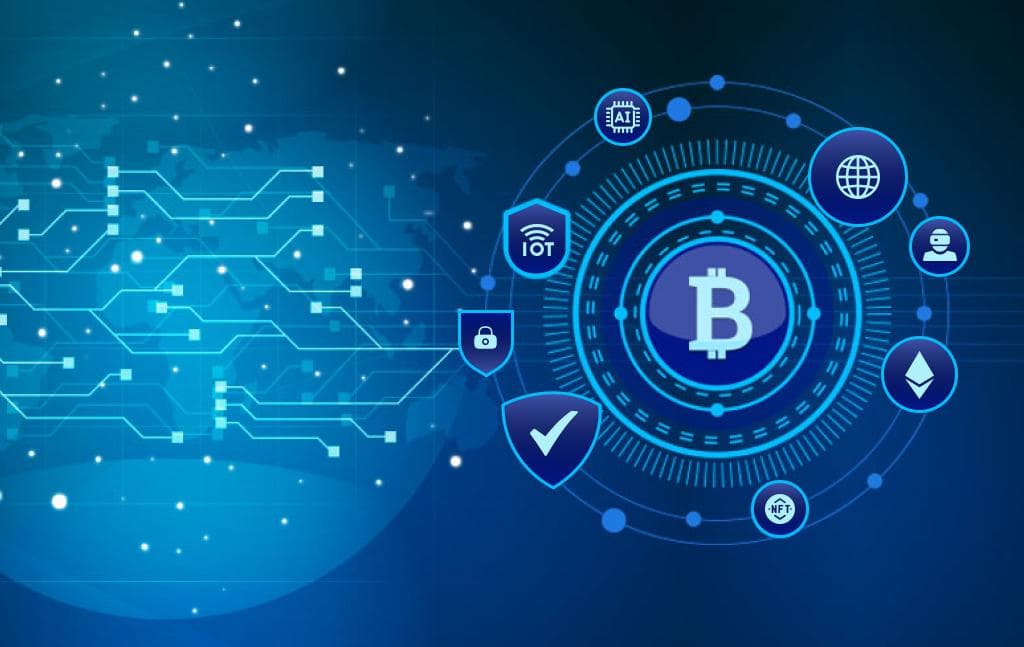
Headless E-commerce: Understanding the Benefits and How to Get Started
Unlocking the Power of Headless E-Commerce: Benefits and Beginner's Guide
In the ever-evolving digital landscape, businesses constantly seek innovative ways to enhance their online presence and customer experience. One such innovation that has gained significant traction is headless e-commerce. This approach separates the front-end presentation layer of a website from the back-end e-commerce functionality, offering unparalleled flexibility and customization.
What is Headless E-commerce?
Traditionally, e-commerce platforms have a tightly coupled front-end and back-end, meaning the visual presentation and e-commerce functionality are interlinked. Headless e-commerce decouples these two elements, allowing developers to use any front-end tool to deliver high-quality content experiences while maintaining a robust e-commerce backend.
The Benefits of Going Headless
1. Flexibility and Customization
With headless e-commerce, businesses are not confined to the limitations of traditional e-commerce platforms. They can build unique customer experiences that stand out in a crowded market.
Omnichannel Selling
It enables seamless integration across various platforms and devices, providing a consistent experience whether customers are shopping on a website, mobile app, or social media.
Improved Performance
Websites can load faster since the front-end is separate from the back-end. This speed enhancement can significantly improve user experience and SEO.
Easier Updates and Iterations
Developers can implement changes on the front-end without disrupting back-end processes. This flexibility allows for continuous improvement and adaptation to market trends.
How to Get Started with Headless E-commerce
1: Evaluate Your Needs
Assess if headless e-commerce aligns with your business goals. Consider factors like the need for a unique user experience, omnichannel integration, and scalability.
2. Choose the Right Platform
Select a back-end platform that supports headless architecture. Some popular options include Shopify Plus, Magento, and BigCommerce.
2. Decide on Your Front-end Technology
Depending on your team's expertise and the desired user experience, choose a front-end technology like React, Angular, or Vue.js.
4. Partner with Experts
Consider partnering with a software development company experienced in headless e-commerce implementations. They can provide valuable insights and help navigate technical challenges.
Plan for Continuous Development
Headless e-commerce is not a set-and-forget solution. Continuous development and optimization are key to leveraging its full potential.
Conclusion
Headless e-commerce offers an exciting opportunity for businesses to innovate their online presence and provide exceptional customer experiences. By embracing this approach, companies can stay ahead in the competitive digital market.



